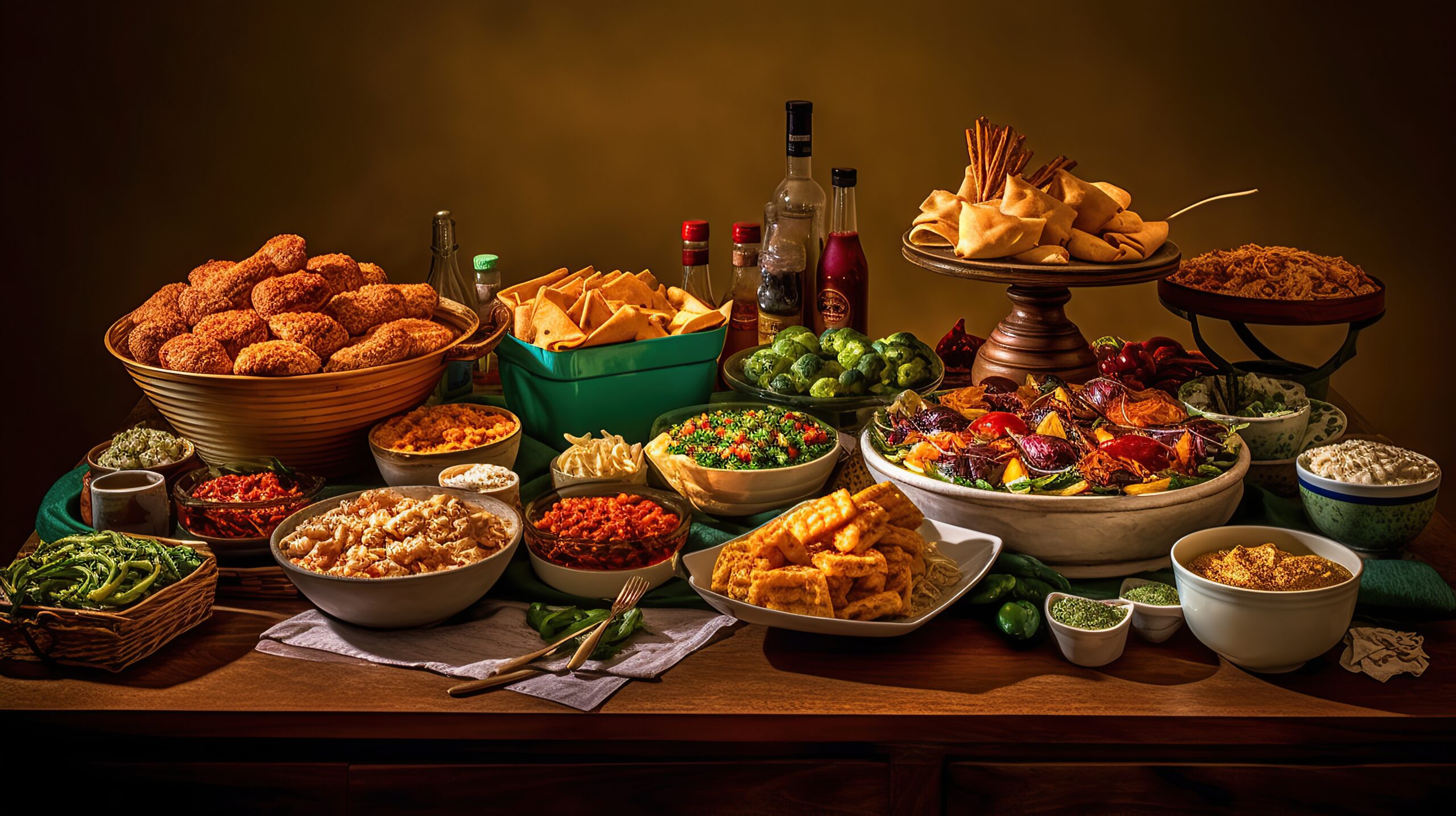You and your friends like to have different favorite foods, right? Well, just like that, people from different parts of the world have their own favorite foods too! And guess what? These food choices are often connected to their culture – the traditions, beliefs, and practices they follow.
Read more: Top Food Trends To Leave Behind In 2024
In this article, we’ll discuss more about how understanding what people eat is important, especially if you are a doctor or a diet expert. They want to make sure they give the right advice about food based on where someone is from and what they usually eat. This way, you can know which food items are high in fiber? Which ones should you avoid? And much more…
For example:
- Mexican Culture: Families in Mexico often enjoy making and eating traditional foods together. Sometimes their favorite protein sources are things like pork stew, ceviche (fish or shrimp marinated in a special way), and grilled steak.
- Chinese Culture: In China, they have a way of thinking about food being hot or cold (not the temperature, but something else!). It’s all about balance. They love foods like rice, dumplings filled either with meat or seafood, and beef or lamb. But they also like staple foods, like rice and dumplings, and can eat a lot of carbohydrates.
- Japanese Culture: In Japan, there’s something called Washoku, which is like a special way they think about food. Indeed, they really enjoy food and seafood, and they might eat it grilled or even raw (like in sushi). But these foods are also full of Omega-3, which is good for you.
- Indian Culture: In India, many people follow a vegetarian diet, which means they don’t eat meat. They get their protein from things like lentils, beans, and dairy (like yogurt). But they have to be careful because some vegetarian foods can be really high in carbohydrates and low in Vitamin B12.
- Middle Eastern Culture: People from the Middle East have a mix of both plant-based (for example, chickpeas and lentils) and animal-based protein sources (like lamb and chicken). They also use a lot of nuts and seeds in their food, which are good but can be high in fiber and fats.
What foods are high in fiber?
Food rich in fiber plays an important role in keeping up with a healthy and well-functioning digestive system. There are fruits like apples, pears, and berries that are not only delicious but come packed with fibers that aid good digestion. Including vegetables like broccoli, carrots, and sweet potatoes in your diet can also help boost your fiber intake.
Try including whole grains like oats, brown rice, and quinoa among some of the excellent choices for those seeking a fiber-packed diet. You can also use legumes, including beans, lentils, and chickpeas as well. Additionally, nuts and seeds such as almonds, chia seeds, and flaxseeds make for satisfying and fiber-rich snacks.
How long can you go without food?
It’s the ability that some people are born with. However, how long can you live without food at the bottom line varies from person to person. Generally, individuals can go a few hours without eating, like intermittent fasting or going several days without food. However, weeks without food can be life-threatening, as the body demands essential nutrients for vital functions. Prolonged fasting should be practised cautiously, and under medical supervision.
How long does it take to digest food?
Sometimes the time it takes the body to digest food varies based on the type of food consumed. Speaking in a general sense, liquids pass through the stomach in a matter of minutes to a couple of hours. On the other hand, simple foods like fruits and vegetables typically take around 30 minutes to 2 hours to complete digestion. Meals containing proteins and fats might take even longer.
The human digestion cycle, from eating to elimination, usually spans around 24-72 hours. Knowing this can help in planning meals and ensuring a balanced and well-timed nutrient intake.
What foods are high in cholesterol?
In the end, being mindful of the food you eat and learning more about its ingredients is a great starting point for good health. Animal-based products like eggs, especially the yolk, are known for their cholesterol content. Shellfish and organ meats are also high in cholesterol and should be consumed in moderation.
Other than these items, high-fat dairy products such as full-fat cheese and whole milk may contribute to cholesterol intake. Fatty cuts of meat and processed meats may also increase your dietary cholesterol. Fried foods and baked goods using unhealthy fats can also elevate cholesterol levels.
In conclusion
Understanding what food causes high cholesterol and the significance of different aspects of food and nutrition is vital for maintaining overall health and well-being. Using fiber-rich foods in our diets, such as fruits, vegetables, whole grains, legumes, nuts, and seeds, supports digestive health and helps prevent issues like constipation.
Recognizing the duration one can go without food sheds light on the importance of regular and balanced eating habits, with extended fasting requiring careful consideration and, if necessary, medical supervision.
Focus on staying aware of what’s in your food – it will help you make informed choices that contribute to a healthier lifestyle, foster longevity, and well-rounded physical wellness.









